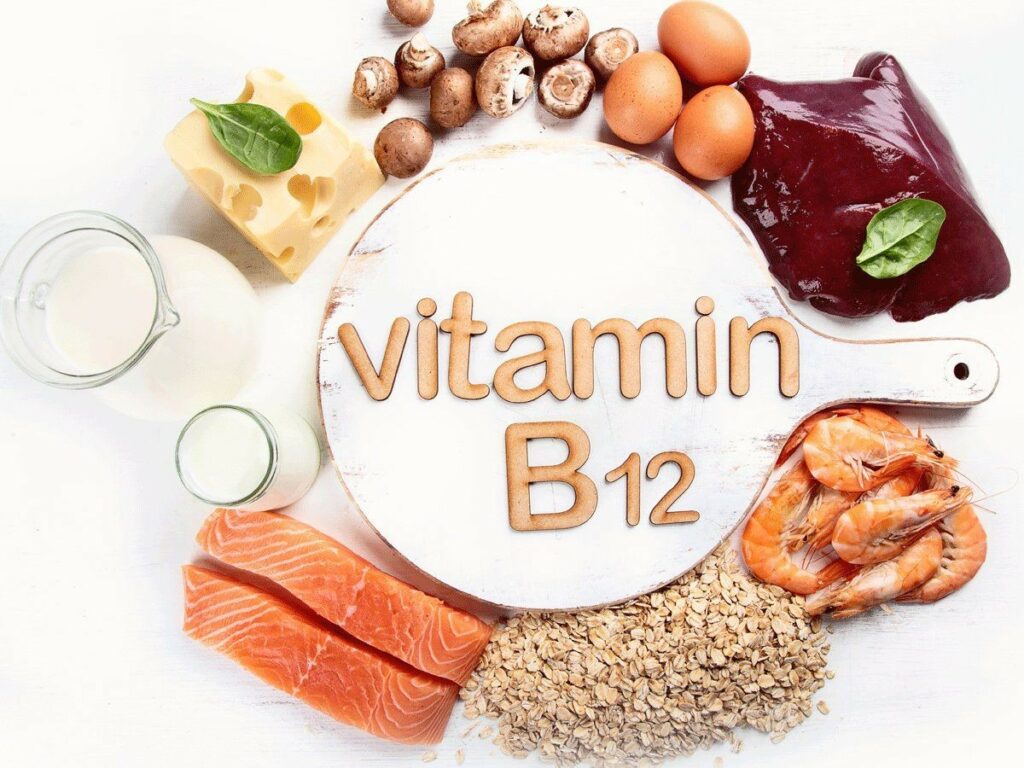Vitamin E is a powerhouse nutrient that plays a crucial role in maintaining and enhancing the health and beauty of your skin. This fat-soluble vitamin is renowned for its antioxidant properties, which help protect the skin from damage caused by free radicals and environmental stressors. In this comprehensive guide, we will explore the myriad benefits of vitamin E for skin health and beauty, how to incorporate it into your skincare routine, and answer some frequently asked questions about this essential nutrient.
What is Vitamin E?
Vitamin E refers to a group of eight fat-soluble compounds, including tocopherols and tocotrienols. The most biologically active form in humans is alpha-tocopherol. Vitamin E is naturally found in various foods, such as nuts, seeds, and green leafy vegetables, and it can also be applied topically through skincare products.
Benefits of Vitamin E for Skin Health
Powerful Antioxidant Protection
Vitamin E is a potent antioxidant that helps neutralize free radicals, unstable molecules that can damage skin cells and accelerate the aging process. By reducing oxidative stress, vitamin E helps maintain the skin’s youthful appearance and prevents premature aging.
Moisturizing and Hydrating
Vitamin E is an excellent moisturizer that helps keep the skin hydrated and supple. It strengthens the skin’s natural barrier, preventing moisture loss and keeping the skin soft and smooth. This makes it particularly beneficial for dry and dehydrated skin types.
Anti-Inflammatory Properties
Vitamin E has anti-inflammatory properties that help soothe and calm irritated skin. It can be beneficial for conditions like eczema and psoriasis, where inflammation plays a significant role. Regular use of vitamin E can help reduce redness and swelling, promoting a more even skin tone.
Wound Healing and Scar Reduction
Vitamin E is known for its ability to speed up the healing process of minor wounds and cuts. It promotes cell regeneration and can help fade scars and dark spots over time. This makes it a popular ingredient in scar treatment products and post-surgery skincare.
Sun Protection and Damage Repair
While vitamin E is not a substitute for sunscreen, it can enhance the skin’s defense against UV damage when used in conjunction with sun protection. It helps repair skin damage caused by UV exposure and can reduce the risk of sunburn and long-term skin damage.
How to Incorporate Vitamin E into Your Skincare Routine
Dietary Sources of Vitamin E
Incorporating vitamin E-rich foods into your diet is a great way to support your skin’s health from within. Some excellent dietary sources of vitamin E include:
- Nuts and seeds: almonds, sunflower seeds, hazelnuts
- Green leafy vegetables: spinach, kale, Swiss chard
- Vegetable oils: sunflower oil, wheat germ oil, safflower oil
- Fruits: avocados, mangoes, kiwis
Topical Application
Topical application of vitamin E can deliver targeted benefits to the skin. Here are some common ways to use vitamin E in your skincare routine:
- Vitamin E Oil: Pure vitamin E oil can be applied directly to the skin or mixed with other carrier oils, such as jojoba or coconut oil. It is ideal for spot treatment of scars, dark spots, and dry patches.
- Serums and Moisturizers: Many skincare products, including serums, creams, and lotions, contain vitamin E as a key ingredient. Look for products with alpha-tocopherol or tocopherol acetate for maximum benefits.
- Face Masks: DIY face masks with vitamin E oil can provide a nourishing and hydrating boost to your skin. Combine vitamin E oil with ingredients like honey, yogurt, or aloe vera for a soothing treatment.
Combining with Other Skincare Ingredients
Vitamin E works well in combination with other skincare ingredients to enhance its benefits. Here are some synergistic pairings:
- Vitamin C: When used together, vitamins E and C provide powerful antioxidant protection and boost collagen production, improving skin texture and firmness.
- Hyaluronic Acid: This hydrating ingredient helps lock in moisture, enhancing the moisturizing effects of vitamin E.
- Retinol: Vitamin E can help mitigate the drying effects of retinol, making it a good pairing for anti-aging routines.
Potential Side Effects and Precautions
While vitamin E is generally safe for most people, it can cause skin irritation in some individuals, especially those with sensitive skin. It’s essential to perform a patch test before using a new vitamin E product and to consult a dermatologist if you experience any adverse reactions.
Patch Testing
To perform a patch test, apply a small amount of the product to a discreet area of your skin, such as the inside of your wrist or behind your ear. Wait 24-48 hours to see if any irritation occurs. If you experience redness, itching, or swelling, discontinue use.
Avoiding Overuse
Overuse of vitamin E, especially in high concentrations, can lead to clogged pores and breakouts, particularly in acne-prone skin. It’s important to use vitamin E products as directed and to balance them with other non-comedogenic ingredients.
FAQs about Vitamin E in Skincare
What does vitamin E do for your skin?
Vitamin E provides antioxidant protection, moisturizes and hydrates the skin, reduces inflammation, promotes wound healing, and helps repair sun damage.
Can vitamin E remove scars?
Vitamin E can help fade scars and dark spots over time by promoting cell regeneration and improving the skin’s overall texture and tone.
How do you apply vitamin E to your face?
You can apply vitamin E oil directly to your face or use skincare products containing vitamin E, such as serums, moisturizers, and face masks. Always perform a patch test before using a new product.
Is vitamin E good for oily skin?
Vitamin E can be beneficial for oily skin when used in moderation. It helps balance the skin’s oil production and provides antioxidant protection. Look for lightweight, non-comedogenic formulations.
Can vitamin E help with acne?
Vitamin E’s anti-inflammatory properties can help reduce redness and inflammation associated with acne. However, it should be used cautiously, as overuse can clog pores and worsen breakouts.
How often should you use vitamin E on your skin?
The frequency of use depends on the product and your skin type. Generally, vitamin E can be used daily in serums or moisturizers. For pure vitamin E oil, 2-3 times a week is sufficient.
Can vitamin E cause skin irritation?
Vitamin E can cause skin irritation in some individuals, especially those with sensitive skin. Always perform a patch test before using a new product and consult a dermatologist if irritation occurs.
What are the best sources of vitamin E for skincare?
The best sources of vitamin E for skincare include pure vitamin E oil, serums, moisturizers, and face masks containing alpha-tocopherol or tocopherol acetate. Additionally, incorporating vitamin E-rich foods into your diet supports overall skin health.
Is vitamin E safe during pregnancy?
Vitamin E is generally considered safe during pregnancy when used in moderate amounts. However, it’s essential to consult your healthcare provider before using new skincare products during pregnancy.
Can vitamin E help with dark circles under the eyes?
Vitamin E can help reduce dark circles by improving blood circulation and hydrating the delicate skin around the eyes. Look for eye creams or serums containing vitamin E for targeted treatment.
Conclusion
Vitamin E is a versatile and powerful nutrient that offers numerous benefits for skin health and beauty. Its antioxidant properties, moisturizing effects, and ability to promote healing make it a valuable addition to any skincare routine. By incorporating vitamin E through dietary sources and topical applications, you can enjoy healthier, more radiant skin. Remember to use vitamin E products as directed and consult a dermatologist if you have any concerns or experience adverse reactions. With regular use, vitamin E can help you achieve and maintain a youthful, glowing complexion.
- The Emotional Fallout Of Ghosting In Modern Dating - June 2, 2025
- Kratom Capsules: The Fastest Way To Relieve Stress And Fatigue - June 1, 2025
- The Dos And Don’ts Of Trying THC Beverages For The First Time - May 31, 2025




